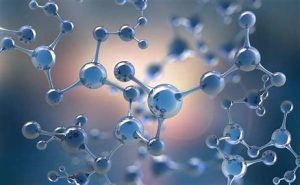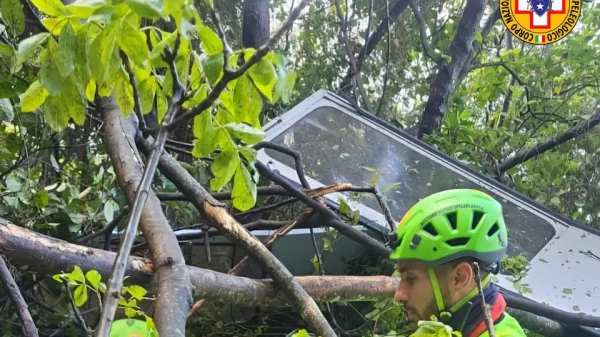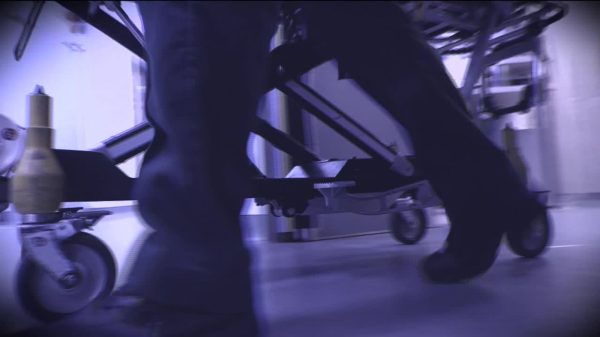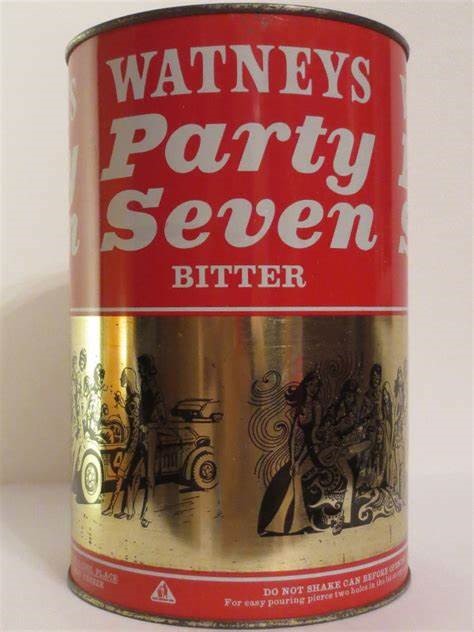
Library picture
A bottle of water can hold more than 250,000 pieces of plastic, a study has revealed.
Scientists have discovered a new generation of plastic pollution called nanoparticles.
They are created when microplastics in containers break down further.
It had been impossible to find the number of particles smaller than one micron – one seventieth the width of a human hair.
But a new technique developed at Columbia University can now measure the quantity.
The study shows a litre of water holds 240,000 detectable plastic shards.
The figure could be as high as 370,000.
Scientists targeted seven common types of plastic polymer and fired lasers at them to detect the mass and number of nanoparticles in a volume of water.
Naixin Qian, a Columbia graduate student in chemistry who was lead author of the study, said:
“It is not totally unexpected to find so much of this stuff.
“The idea is that the smaller things get, the more of them there are.”
Wei Min, a Columbia biophysicist who invented the technique used to analyse plastic pollution, said:
“It’s not size that matters it’s the numbers.
“The smaller things are, the more easily they can get inside us.”
The real amount of plastic in water, however, may be much higher than this as the team say the seven types of plastic only account for about 10 per cent of all plastics found.
It is possible the true extent of water pollution is millions of nanoparticles per litre, they warn.




















